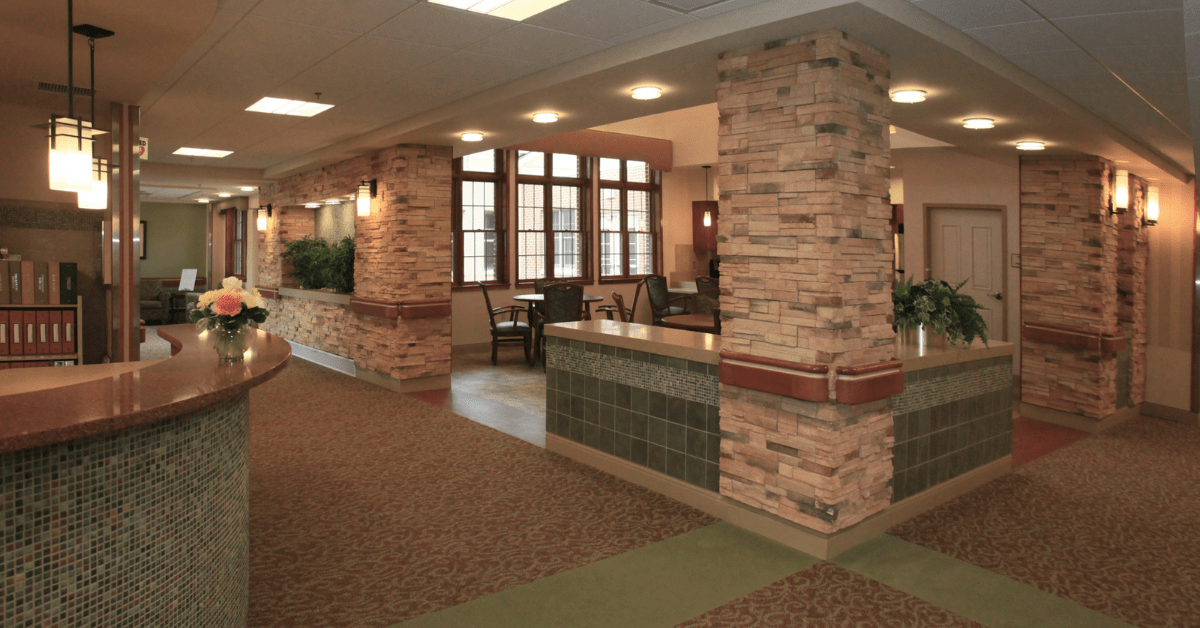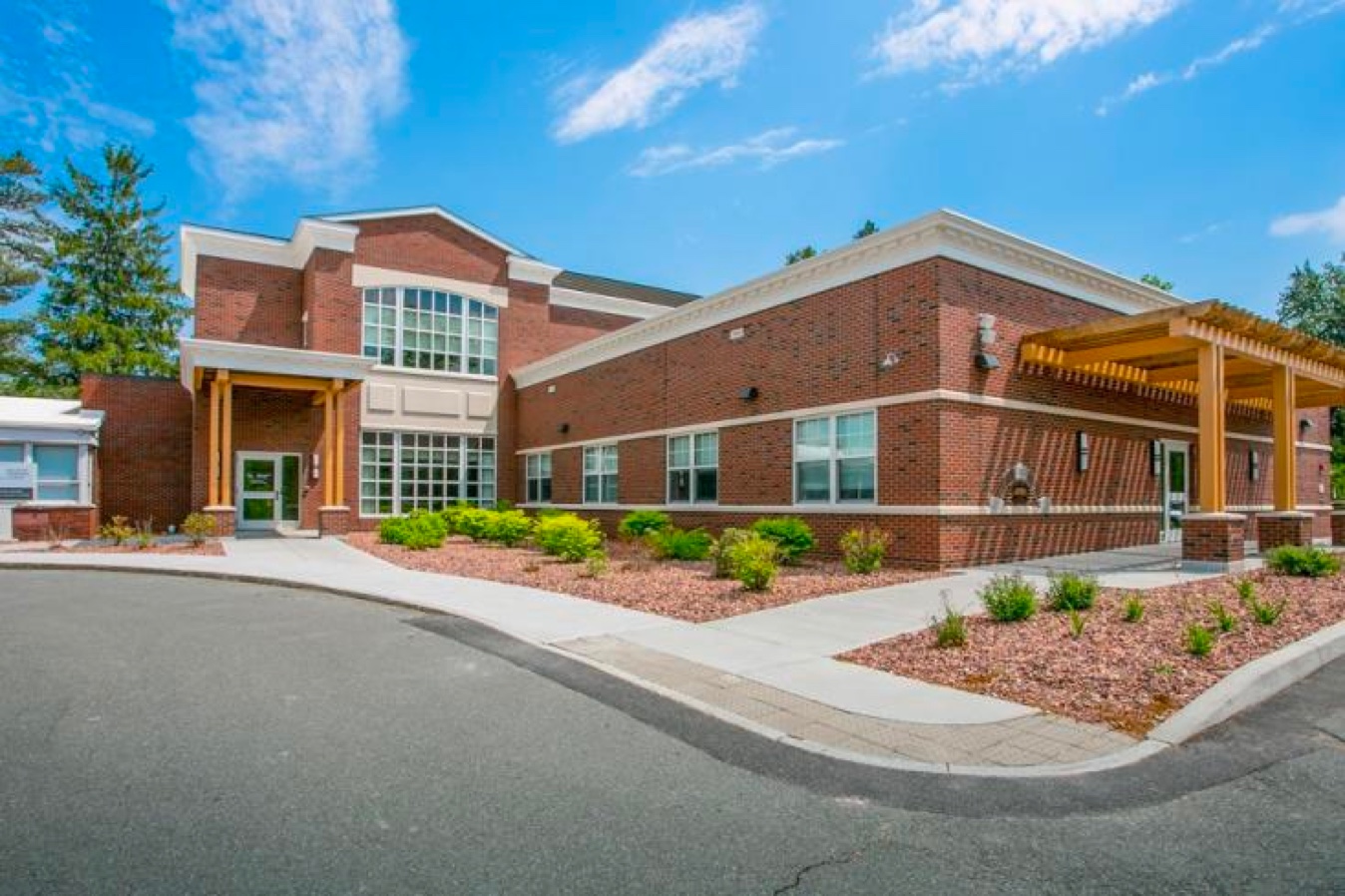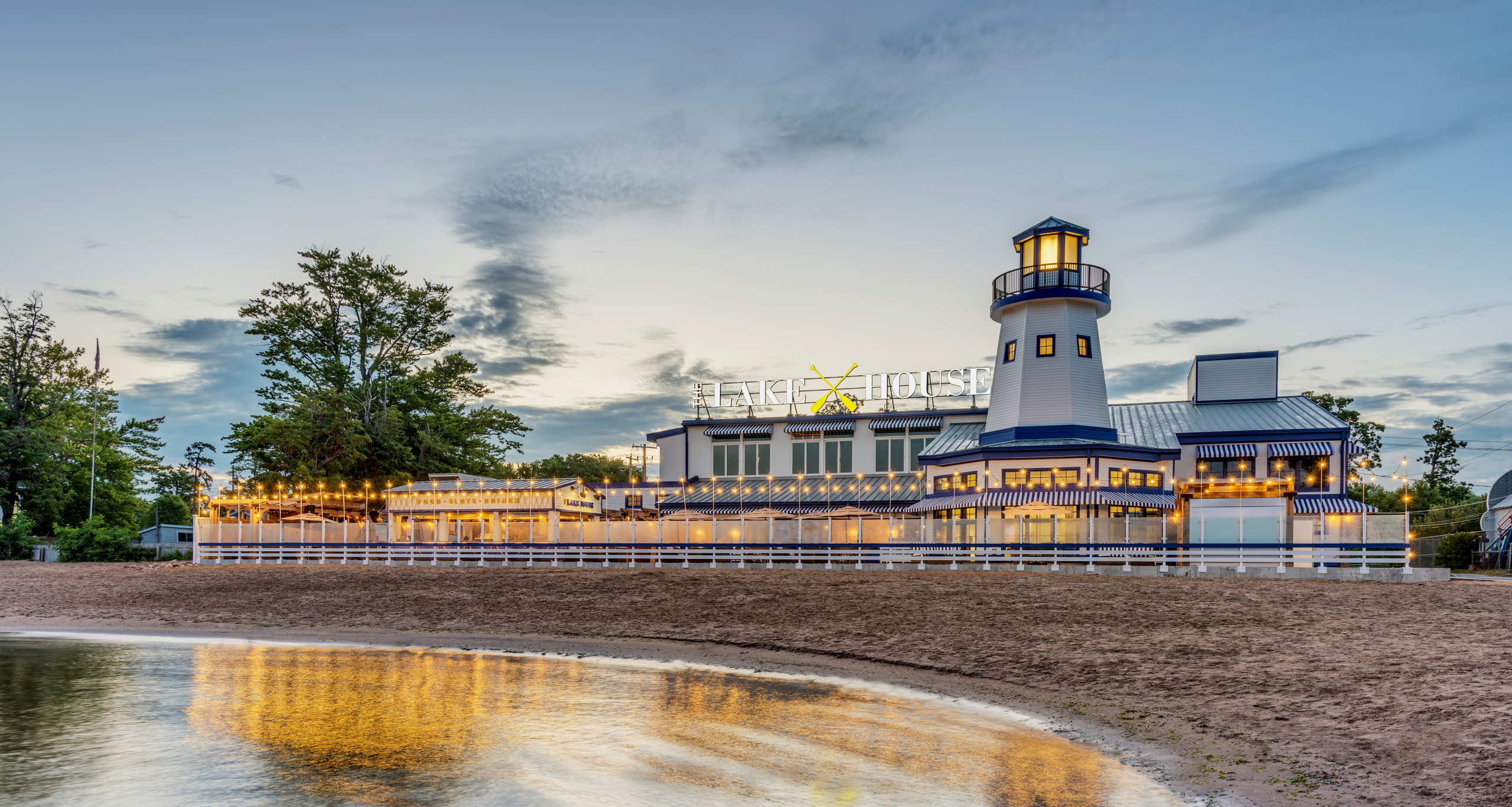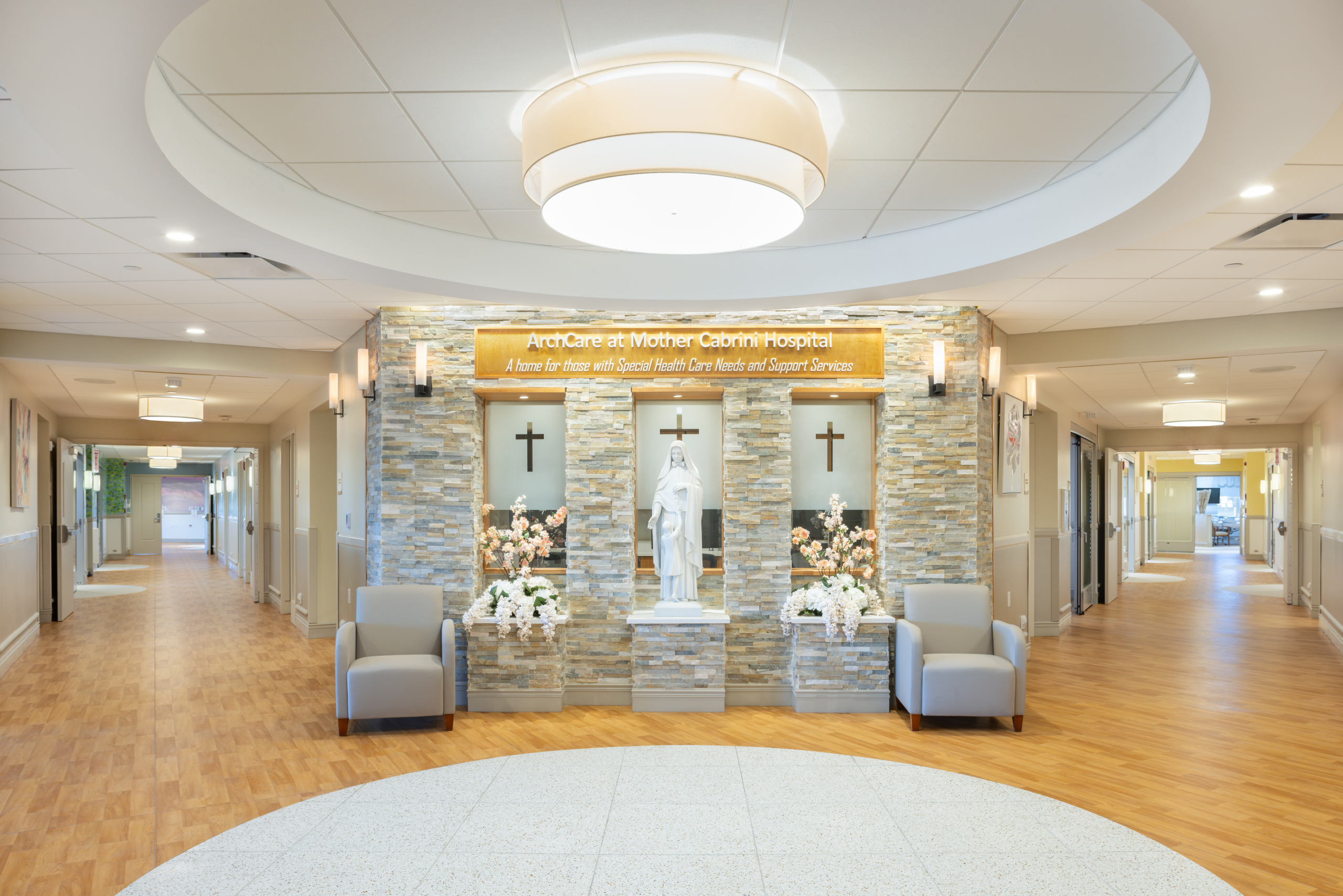
How Dalpos Architects Are Solving Healthcare’s Biggest Challenges—One Facility at a Time
The design of healthcare environments is no longer just a backdrop to treatment—it’s a critical part of the healing process. Studies have shown that thoughtful architectural choices can reduce patient recovery time, enhance safety, improve staff performance, and even lower operational costs. In a post-pandemic world, where efficiency and human-centric design are top priorities, healthcare architecture is being redefined from the inside out.
At the core of this change is Dalpos Architects and Integrators—a firm blending architecture, systems integration, and future-focused thinking to build healthcare architect spaces that genuinely work for patients, doctors, and the communities they serve.
Table of Contents:
- Understanding Healthcare Architecture
- Common Challenges in Medical Facility Design
- Dalpos Architects’ Healthcare Design Philosophy
- Modern Trends Influencing Hospital Design
- Impact of Architecture on Patient and Staff Outcomes
- Conclusion & Call to Action
Understanding Healthcare Architecture
Healthcare architecture is a highly specialized branch of design that focuses on creating safe, functional, and patient-centric environments. It includes the design of hospitals, rehabilitation centers, outpatient clinics, surgical suites, urgent care facilities, and more.
Unlike retail or commercial spaces, healthcare environments must adhere to complex regulatory codes while also catering to emotional needs—privacy, dignity, comfort, and ease of access. Every hallway, examination room, or waiting area must support the healing journey, both physically and psychologically.
Common Challenges in Medical Facility Design
Designing a healthcare facility comes with a unique set of challenges that require more than just architectural know-how. Here are some of the core complexities:
- Stringent Safety Codes: Healthcare buildings must meet fire, safety, ADA, and infection control standards.
- Flexibility Needs: Spaces must evolve as technology and patient care models change.
- Zoning and Circulation: Hospitals must manage movement between sterile, semi-sterile, and public zones efficiently.
- Stress Reduction: Designs should reduce sensory overload and patient anxiety.
- Durability and Maintenance: Materials must withstand heavy usage and frequent cleaning.
Dalpos approaches these challenges with solutions rooted in evidence-based design and operational insight.
Dalpos Architects’ Healthcare Design Philosophy
Dalpos doesn’t believe in one-size-fits-all when it comes to healthcare design. Their approach revolves around human-focused, performance-driven spaces that encourage healing and efficiency. They begin every healthcare project with deep consultation—not just with decision-makers, but also with the nurses, tech teams, and patient advocates who know what the space truly demands.
Their core pillars include:
- Patient-Centric Design: Layouts that promote comfort, privacy, and dignity.
- Workflow Optimization: Strategic placements to minimize staff fatigue and patient wait times.
- Future-Ready Planning: Designing with adaptability in mind for medical advancements.
- Integrated Technology: Seamless incorporation of med-tech and support systems.
- Sustainable Thinking: Energy-efficient, eco-friendly building practices.
Modern Trends Influencing Hospital Design
Healthcare design is rapidly evolving with new demands and technologies. Dalpos stays ahead of the curve by incorporating the latest design strategies:
- Telehealth Integration: Rooms equipped for virtual consultations and diagnostics.
- Biophilic Elements: Use of nature, greenery, and daylight to reduce stress and enhance healing.
- Community-Focused Spaces: Health centers that serve broader wellness goals beyond acute care.
- Infection Control Architecture: Touchless design, anti-microbial materials, and improved ventilation.
- Modular Construction: Allows for faster build-outs and flexible expansion in high-growth areas.
Impact of Architecture on Patient and Staff Outcomes
A well-designed healthcare facility does more than just look good—it can influence outcomes in measurable ways:
- Faster Recovery: Access to daylight, calming colors, and nature views have been shown to reduce patient stay times.
- Improved Staff Satisfaction: Clear sightlines, ergonomic workstations, and break zones reduce burnout.
- Reduced Medical Errors: Smart layout and clear wayfinding lower confusion and improve communication.
- Increased Trust: Patients feel safer and more comfortable in thoughtfully designed environments.
Dalpos Architects embraces the responsibility that design carries in improving lives on every level.
Transforming Healthcare Through Smart Design
Healthcare architecture isn’t just technical—it’s transformational. The built environment plays a powerful role in shaping how patients heal and how care is delivered. Dalpos Architects and Integrators understands that every hospital wing, clinic lobby, and exam room holds the potential to deliver more than treatment—it can deliver peace, dignity, and hope.
From compliance to compassion, from workflow to wellness—Dalpos brings it all together.
So, get in touch today to start your healthcare architecture journey with Dalpos. Explore innovative designs. Experience impactful spaces. Elevate care.



